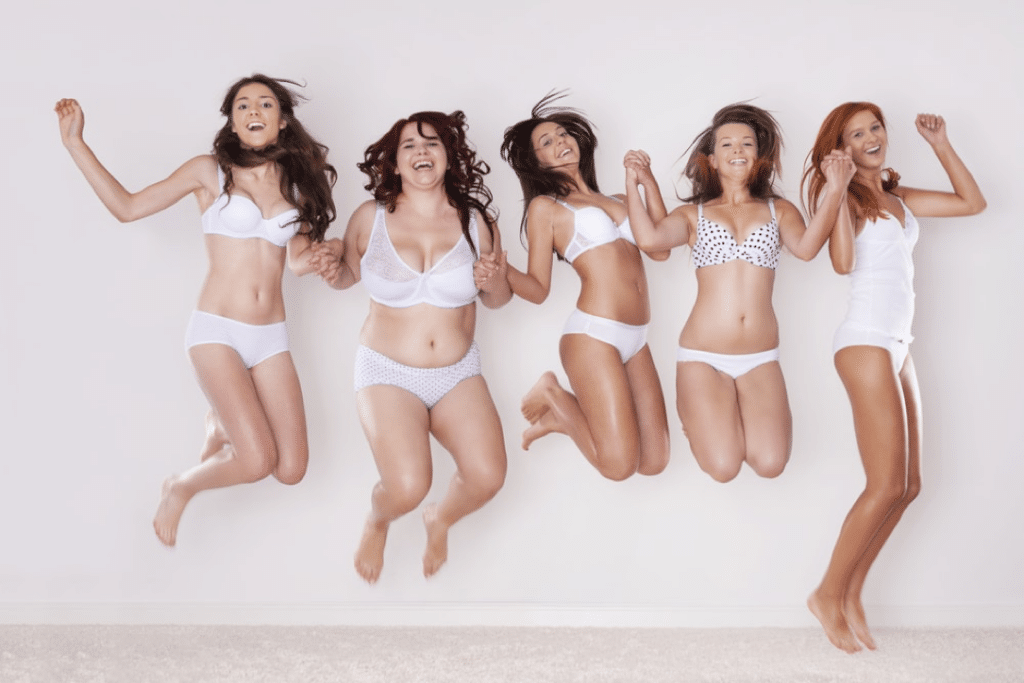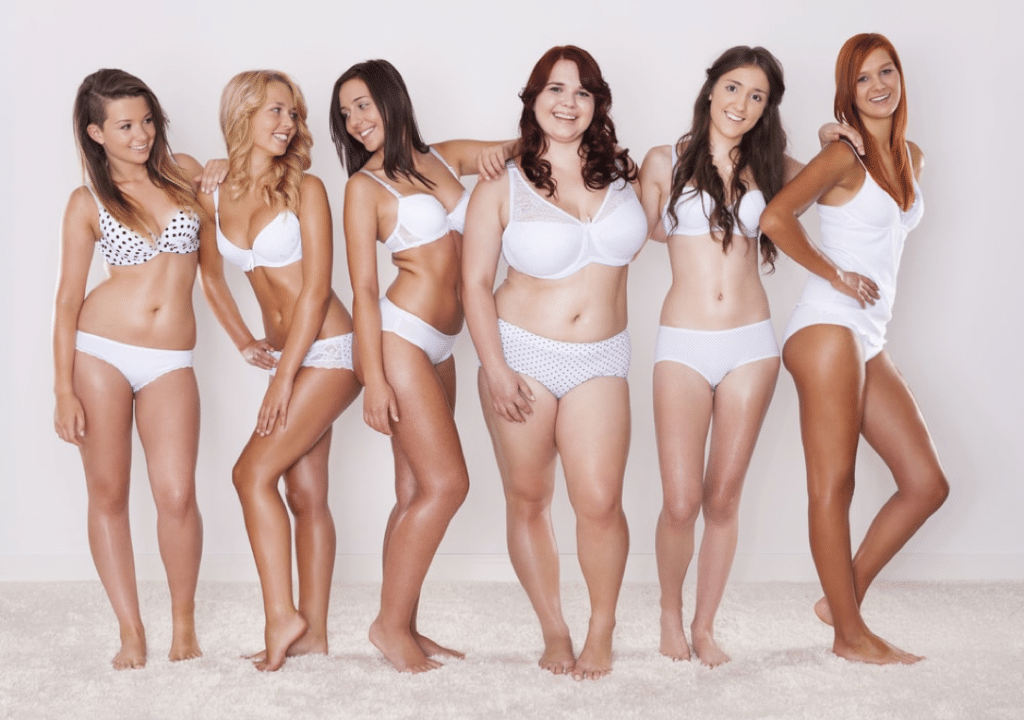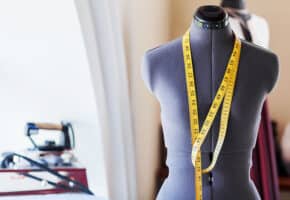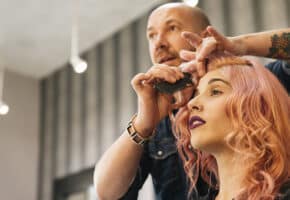The Perfect Body Does Not Exist
What is the Perfect Body Anyway?
Anyone in the modelling industry will have, at some time or other, felt the pressure to have “the perfect body”.
And as the modelling industry has spent years feeding us images of the “desired look”, it’s no surprise that both models and normal people feel like that don’t meet these ridiculously high standards.
Digital enhancement hasn’t helped, creating images of even more unobtainable proportions.
Fortunately, due to the rise of social media, there have been more people feeling confident enough to speak out about these false perceptions. An army of confident, self-assured activists are challenging these fake and unobtainable images.
Whilst it can be difficult to not be influenced by what is going on around us, it’s important to remember that we are all perfect in our unique forms.
Here’s some pointers to remember when your confidence needs a boost, and remember – never jeopardize your health or wellbeing in order to look a certain way.
Do Not Make Comparisons
Do not be fooled by images in editorial magazines, online images or even photos you see on Instagram – most of the time, they aren’t real!
It is easy to become swept up in clever marketing strategies and forget that these shots have been heavily retouched and worked upon. Comparing yourself to a false image will breed a self-consciousness and worry as, no matter how hard you try, the figures these images portray are unattainable. Even the model in the photo doesn’t have those exact proportions!
Actress and singer Zendaya is a great example of this. She featured in a photoshoot with Modeliste Magazine and they heavily edited her photos. Zendaya featured both images side by side on her Instagram so viewers could see the difference.
“These are the things that make women self-conscious, that create the unrealistic ideals of beauty that we have. Anyone who knows who I am knows I stand for honest and pure self-love,” she said in the caption.
Always try to remember that the fashion industry creates a fantasy world that does not reflect reality.

Accept Who You Are
Not many of us are born with the bodies of a top model. And even with the right DNA for things that can’t be altered like height, it still requires a strict diet and exercise routine to maintain the “right” shape.
Acceptance is the key to finding the “ideal” body. Embracing your natural features and the shape you possess is the first step. While it’s important to be fit and healthy, trying to slim down to dangerously low weights is not acceptable.
Find the positives rather than focusing on the negatives. Every individual has features that they dislike and immediately spots when glancing in the mirror. However, it’s likely no one else notices these features. Head to the nearest mirror now and locate all the positive areas of your physique.
Practise, Practise, Practise
We all have flaws, but it’s how we present them that matters in the modelling industry. Practising in the mirror is the best way to learn how to showcase your best bits, and hide your less favoured bits.
Many shorter models spend a great deal of time practising poses to look taller. Conscious of your forehead? Try getting a fringe, or change your eyebrow shape to be more flattering, or just embrace it à la Tyra Banks.
You can turn your negatives into a positive with some confidence and practise.
Be Inspired
The modelling industry is becoming far more diverse and open to new physiques. Models like Ashley Graham are influential body activists who campaign for women to love their figures. She asks for individuals to be proud of their body, as size doesn’t matter in the slightest.
Miss Graham is living proof that her philosophy and belief in herself has allowed her to push boundaries in a challenging industry. Through determination, courage and hard work Ashley has become a successful model in a world full of dangerously slim girls. She has used her platform to inspire others and speak out about worrying size issues in the industry.
Take their work as an example that perfection does not exist. Follow in their footsteps and join the fight against size discrimination. Allow curvaceous models such as Ashley Graham to give you the courage to stand up for what you believe in. Don’t get sucked in by the false images that are splashed across advertisement campaigns.

The High Fashion Industry
Models are told to lose weight all too often in the fashion industry. Those who fit into a dress size 8 or 10 are considered “too big” for the runway or editorial shoots. Young hopefuls are desperate to please and try to reach impossible weight standards. Most are also too scared to speak out, as they don’t want to risk not being hired. With so many hopefuls fighting for their big break, there is always someone to replace them. Therefore, many lose their voice and are mistreated daily.
For those who have been brave enough to share their truths, their stories are draw dropping. From 7.5 stone, size 6 models being dropped by their agencies for being “too curvy”, to models drawn on with a permanent marker to highlight areas that are ‘fat’, humiliating experiences seem far too prevalent in the industry.
Former model, Rosalie Nelson, tells accounts of London castings where only a few chairs are provided for hundreds of models. There are no vending machines or water dispensers available whilst the candidates wait hours to be seen. She has been on photoshoots that last up to 10 hours with no food provided. It is as though the underlying message is to not eat.
After being told to get ‘down to the bone’, Rosalie left the modelling world for good after feeling emotionally and physically drained. She had the strength to walk away but fears younger, innocent individuals do not.
It’s important to remember that if more models speak out, the system has to change. Don’t let yourself get bullied into situations that you feel uncomfortable in. Have integrity and a good, healthy team of people around you to offer support if you’re ever placed in that sort of position.
Hopefully Times are Changing
A couple of years ago, France passed a bill banning excessively thin models. Models who are ultra-slim are required to present a doctor’s note to prove their clean bill of health. And any digitally enhanced images need to state that the photograph has been altered.
Spain, Italy and Israel have followed suit yet others opt for self-regulation through workshops and education. The British Fashion Council, the Council of Fashion Designers of America and the Danish Fashion Institute believe that this approach is more suitable.
It’s definitely a step in the right direction. Models need to remember their rights as humans and as workers and ensure they stand up for their beliefs. Only then can bigger, more definitive changes to the industry be made.


